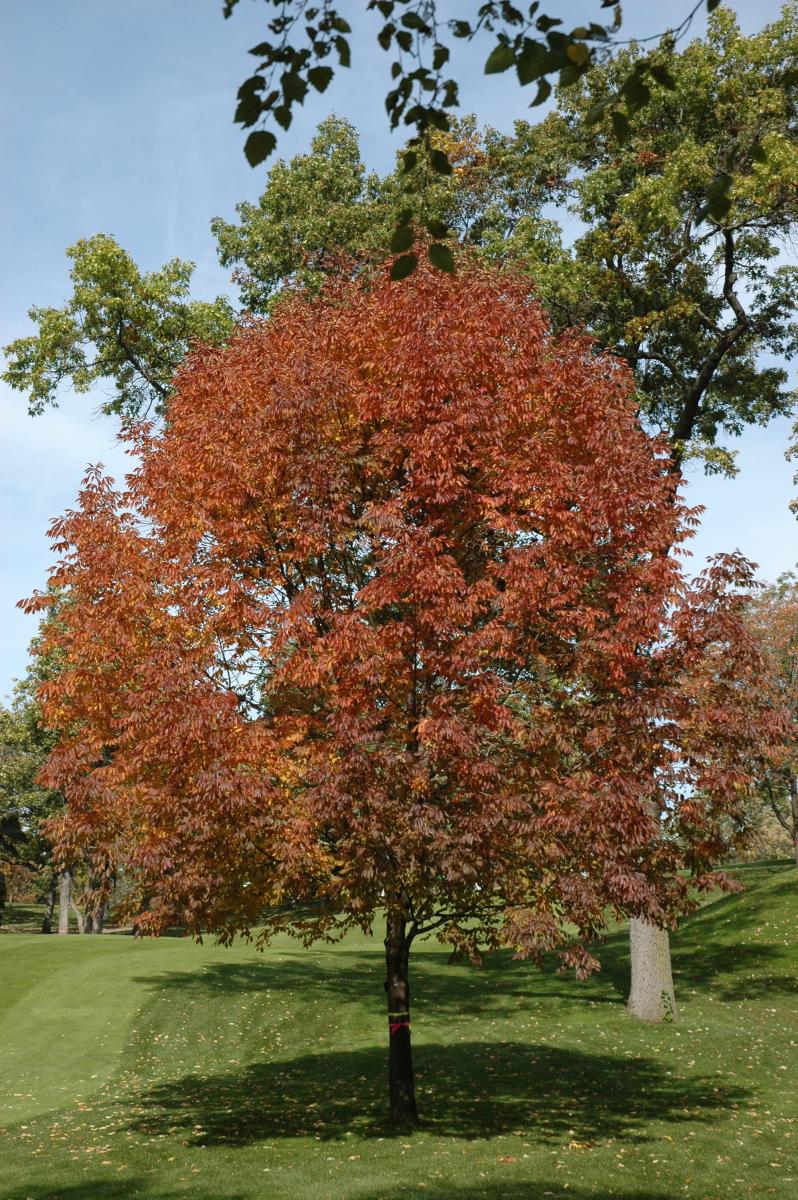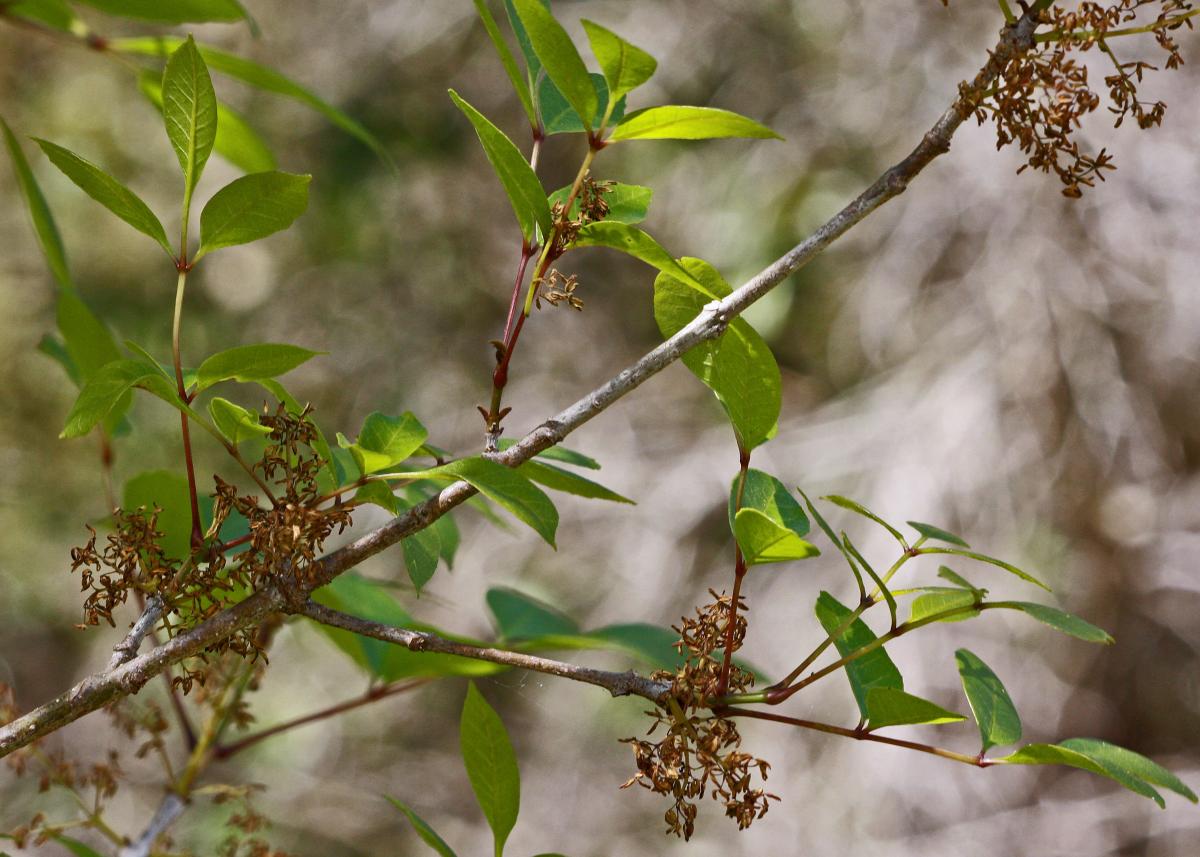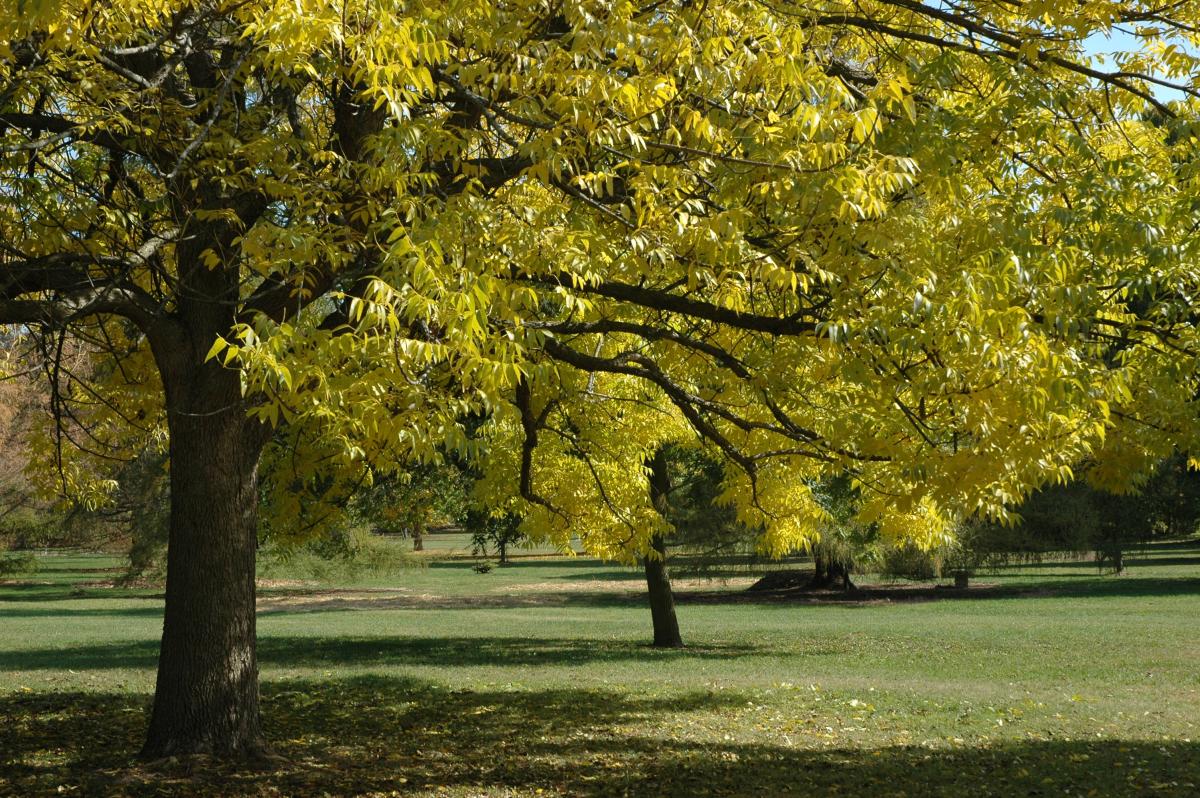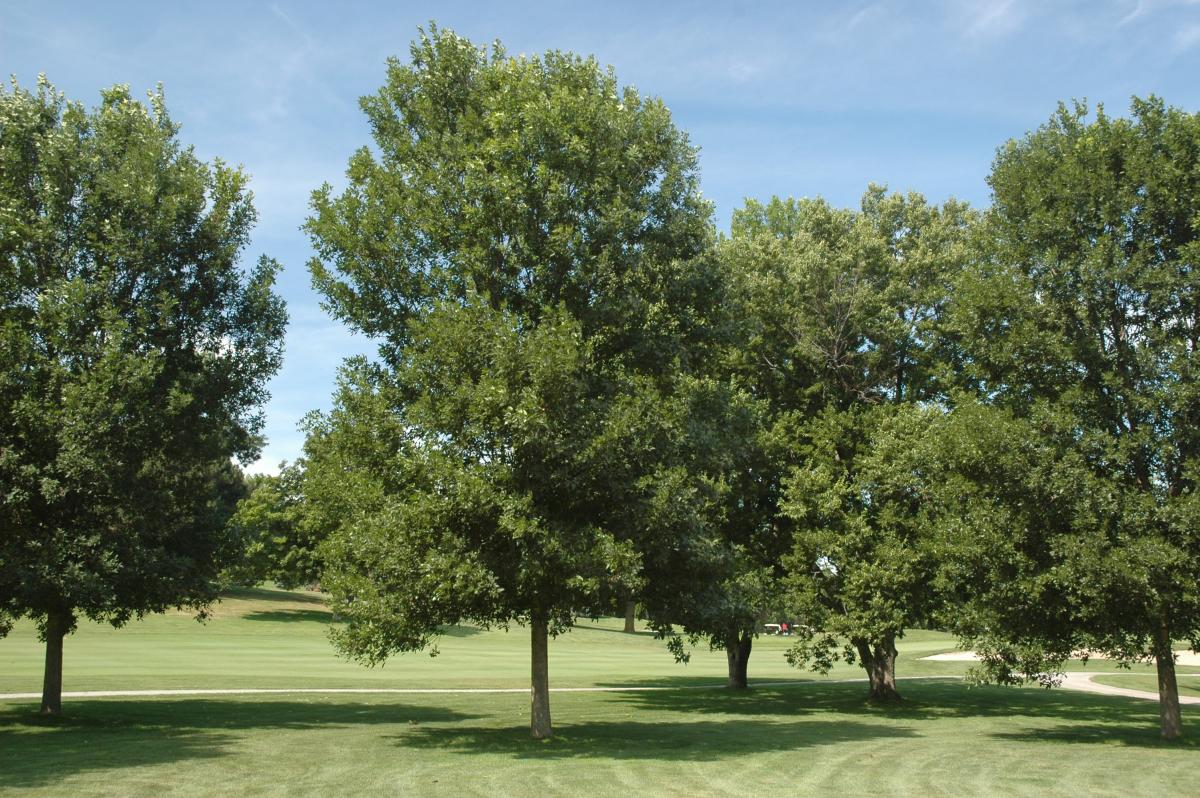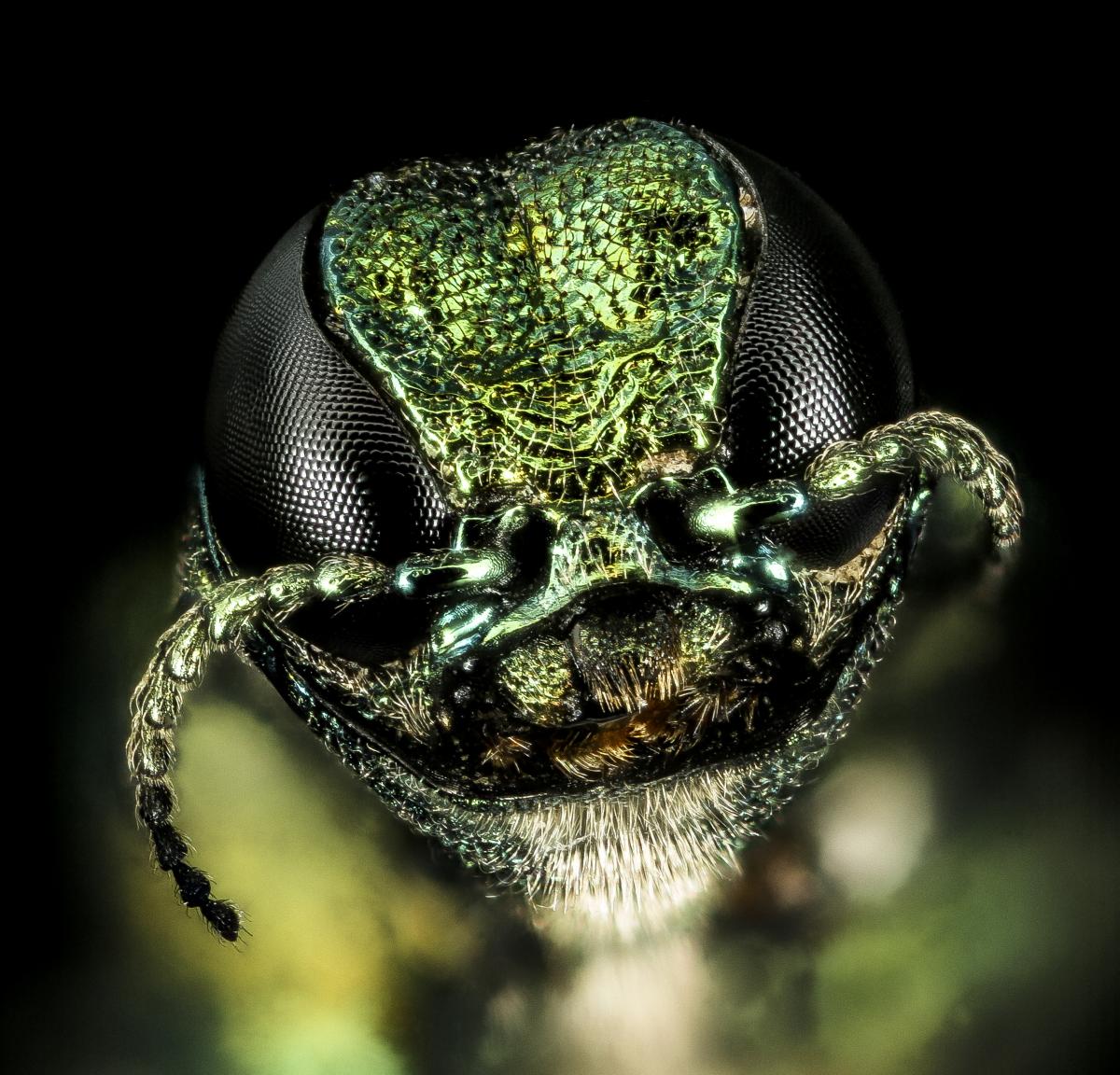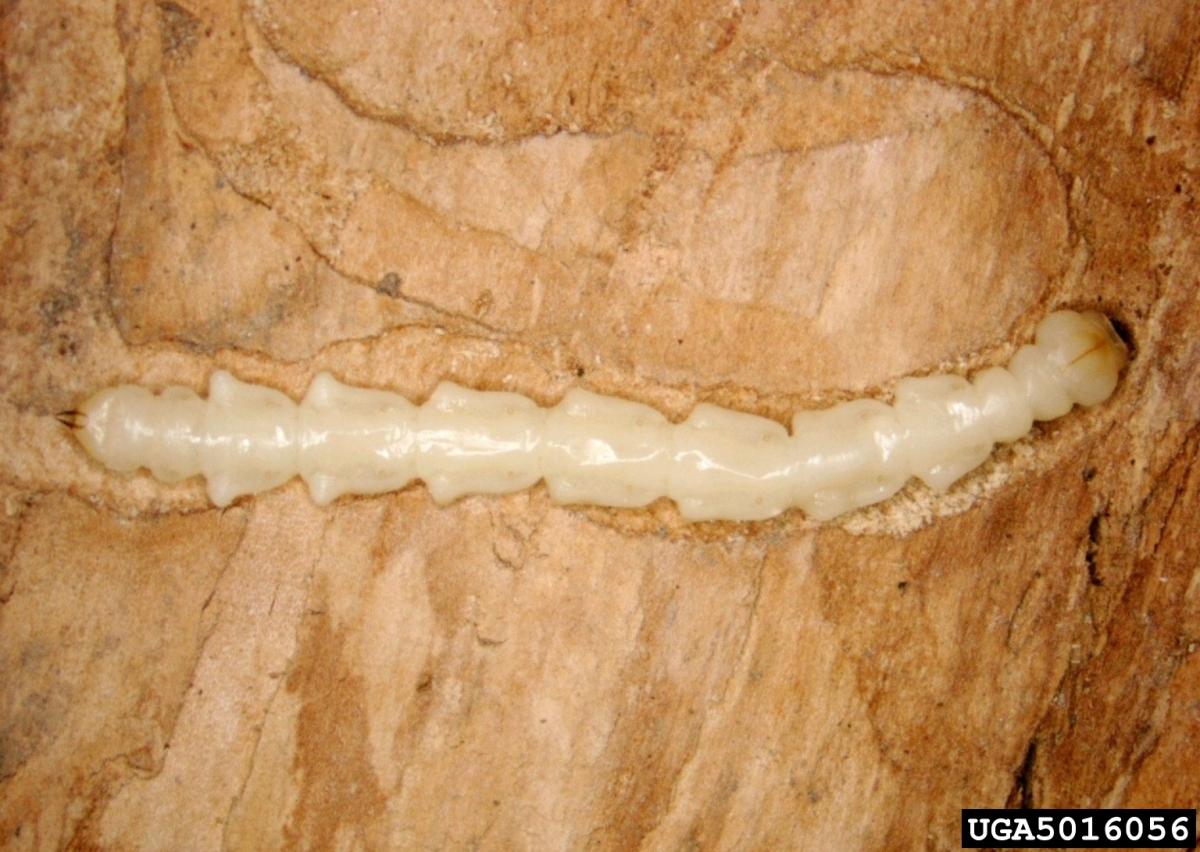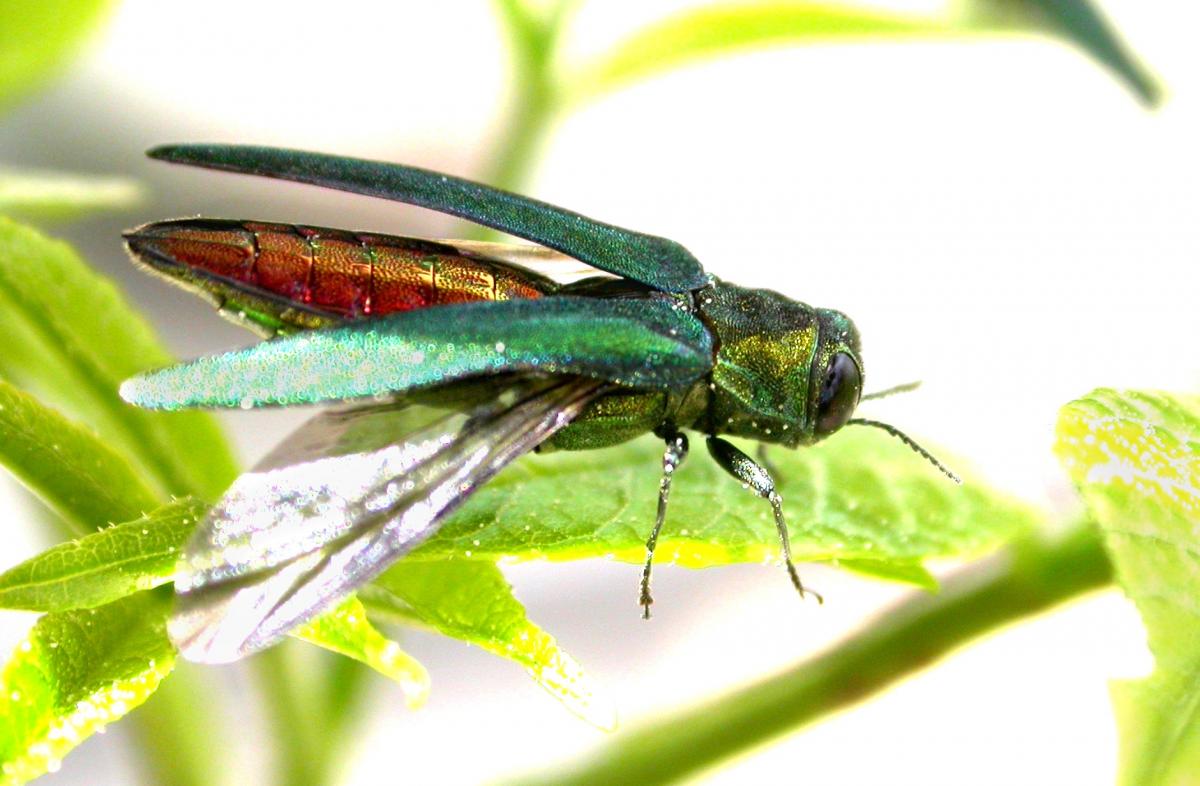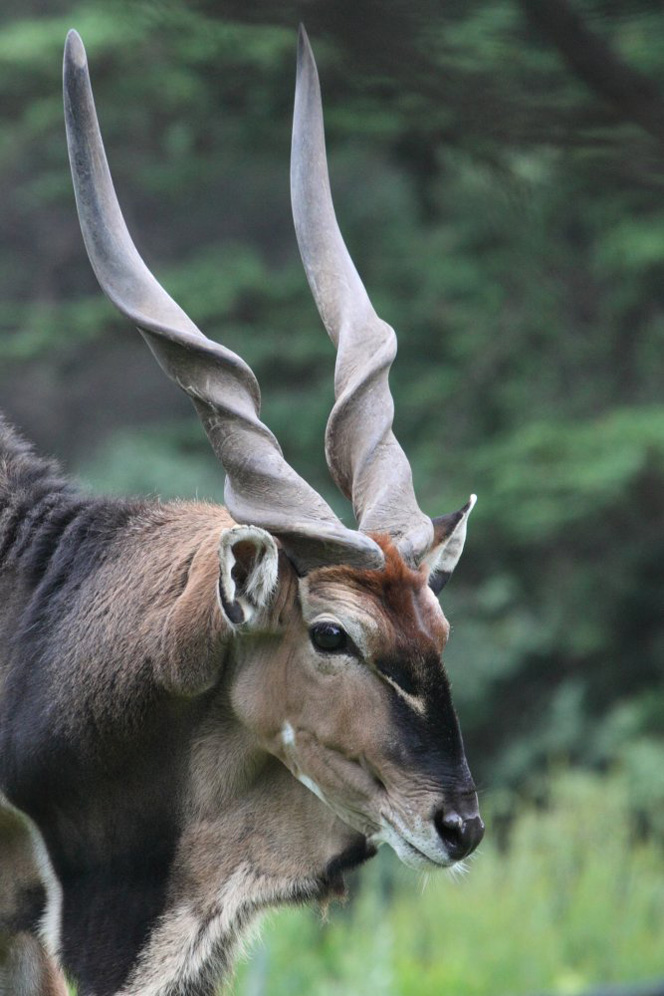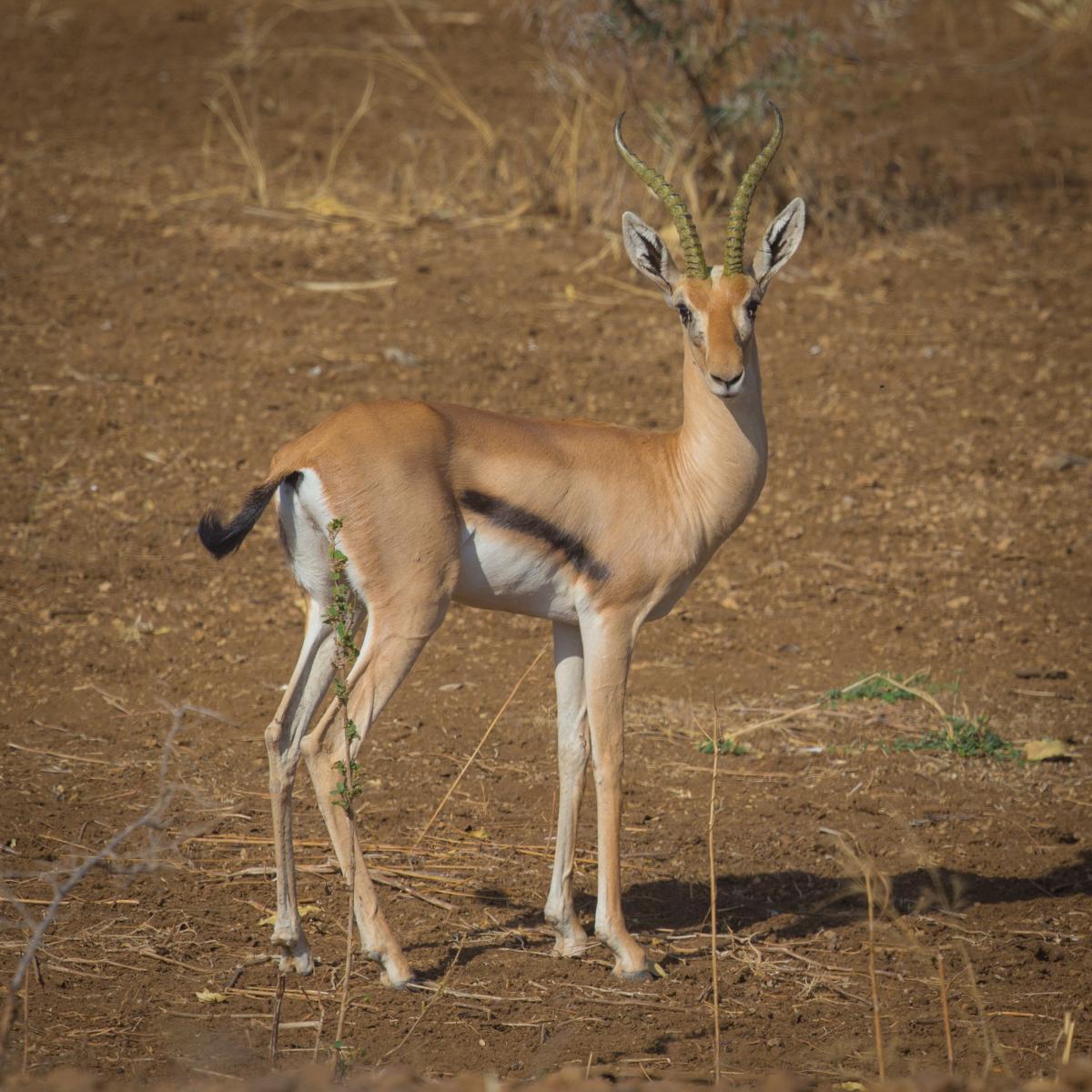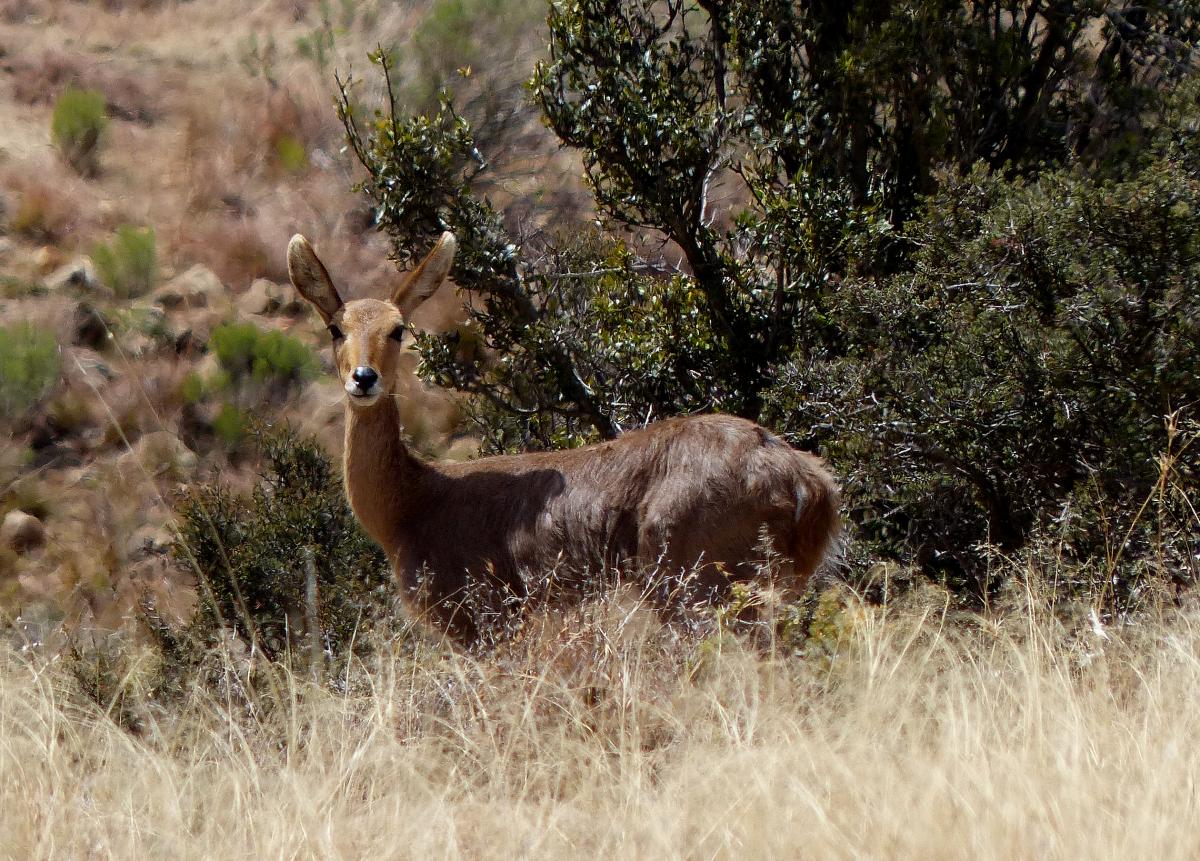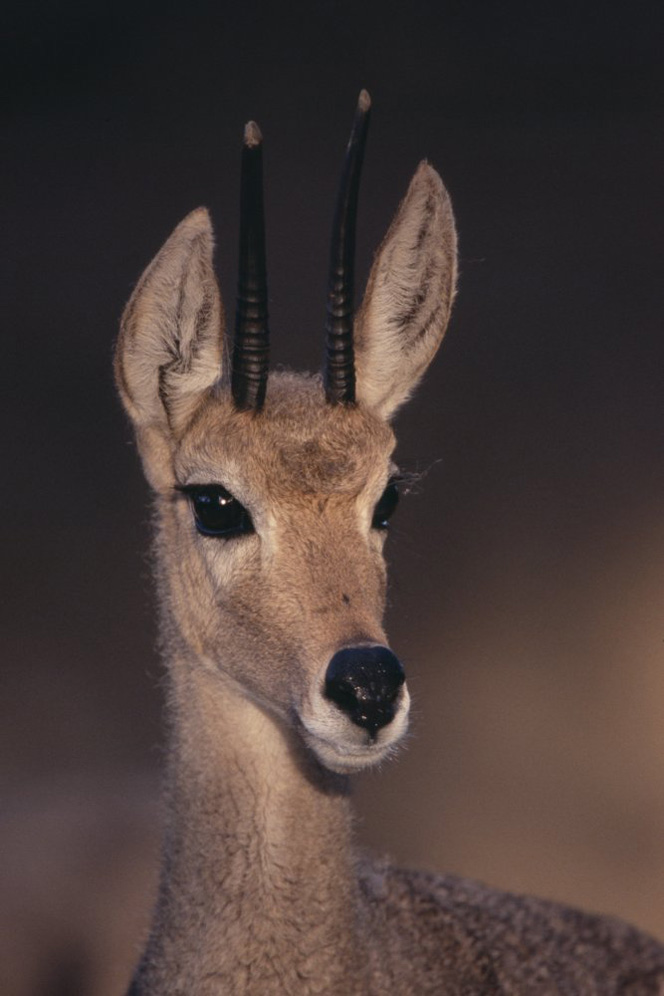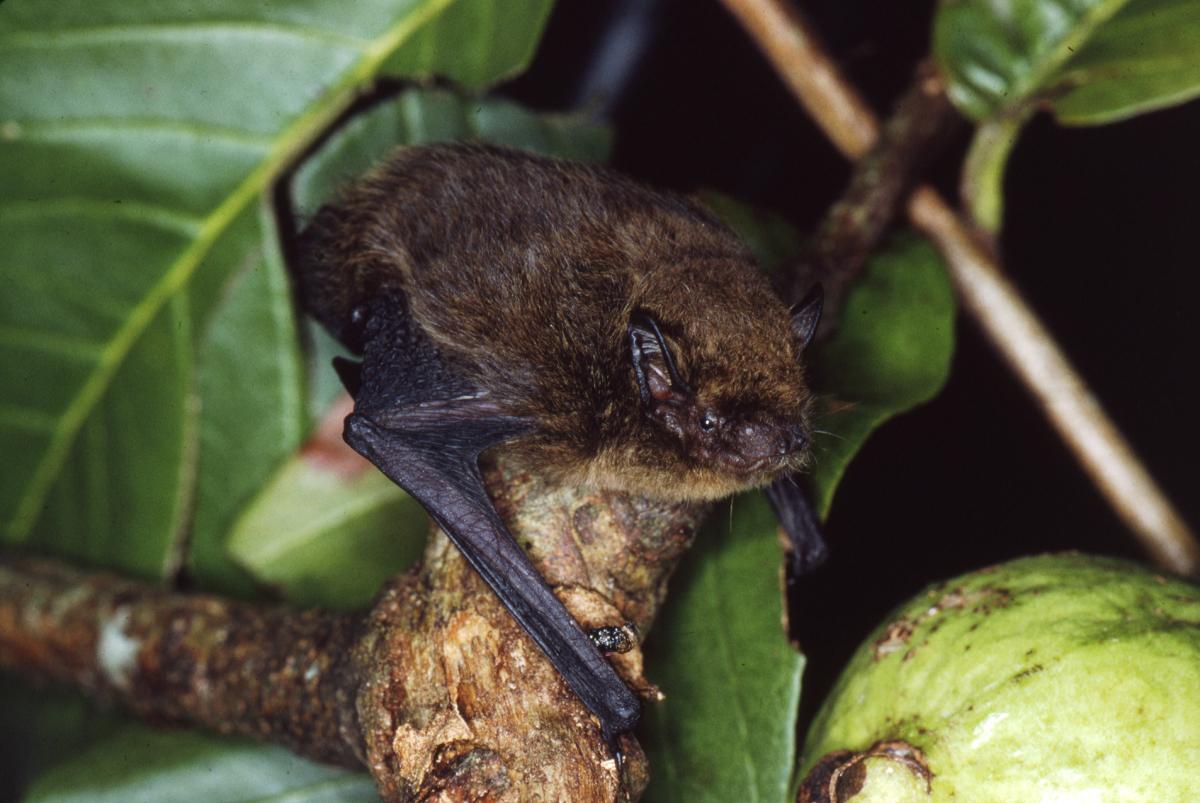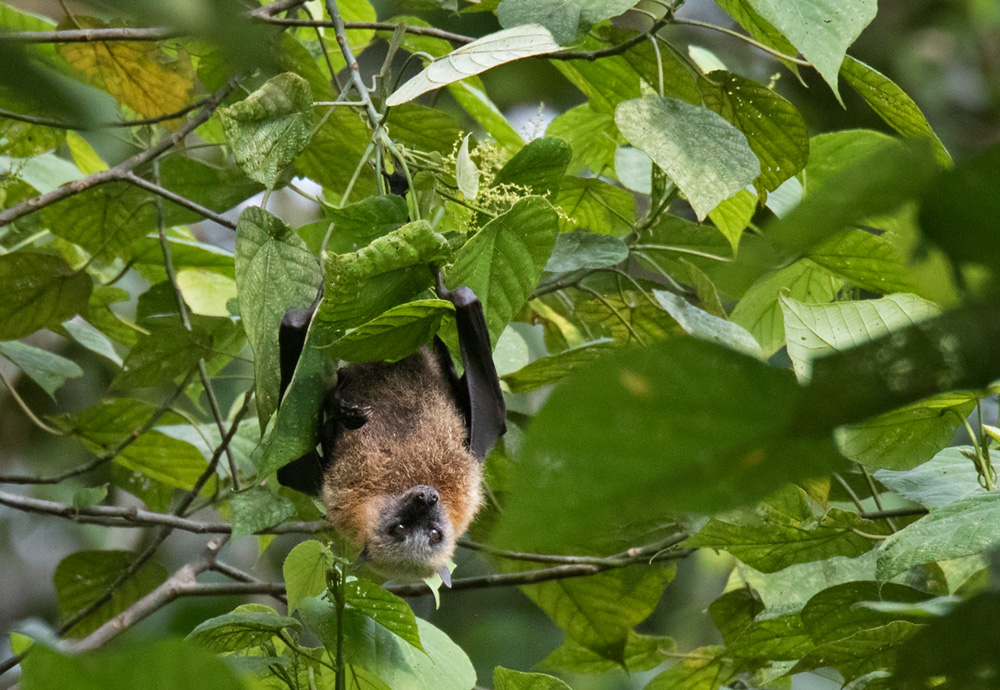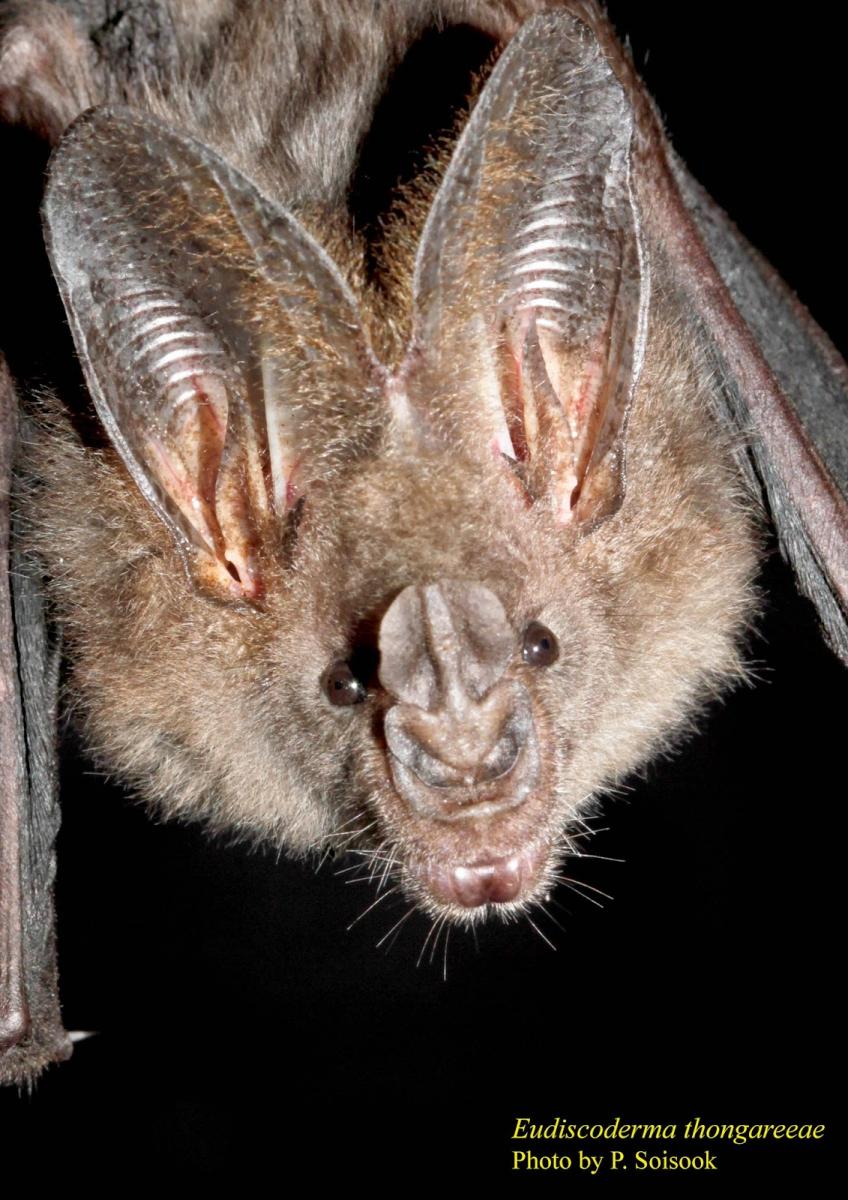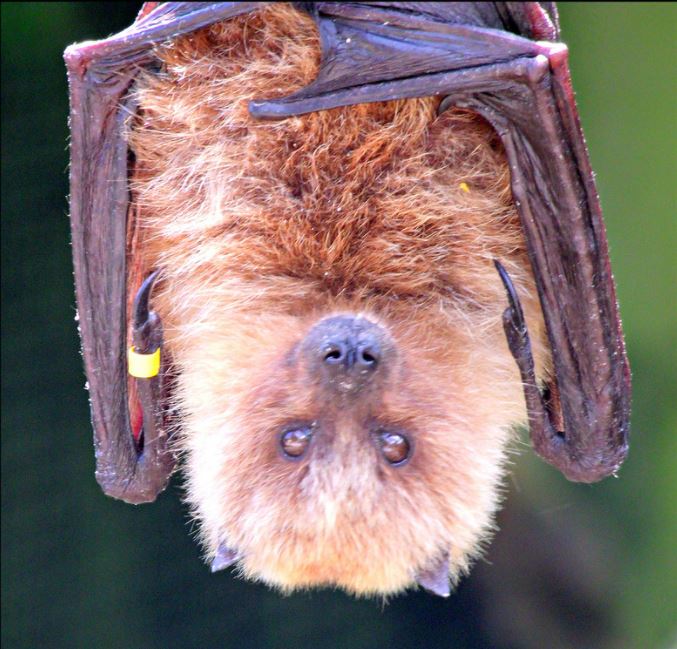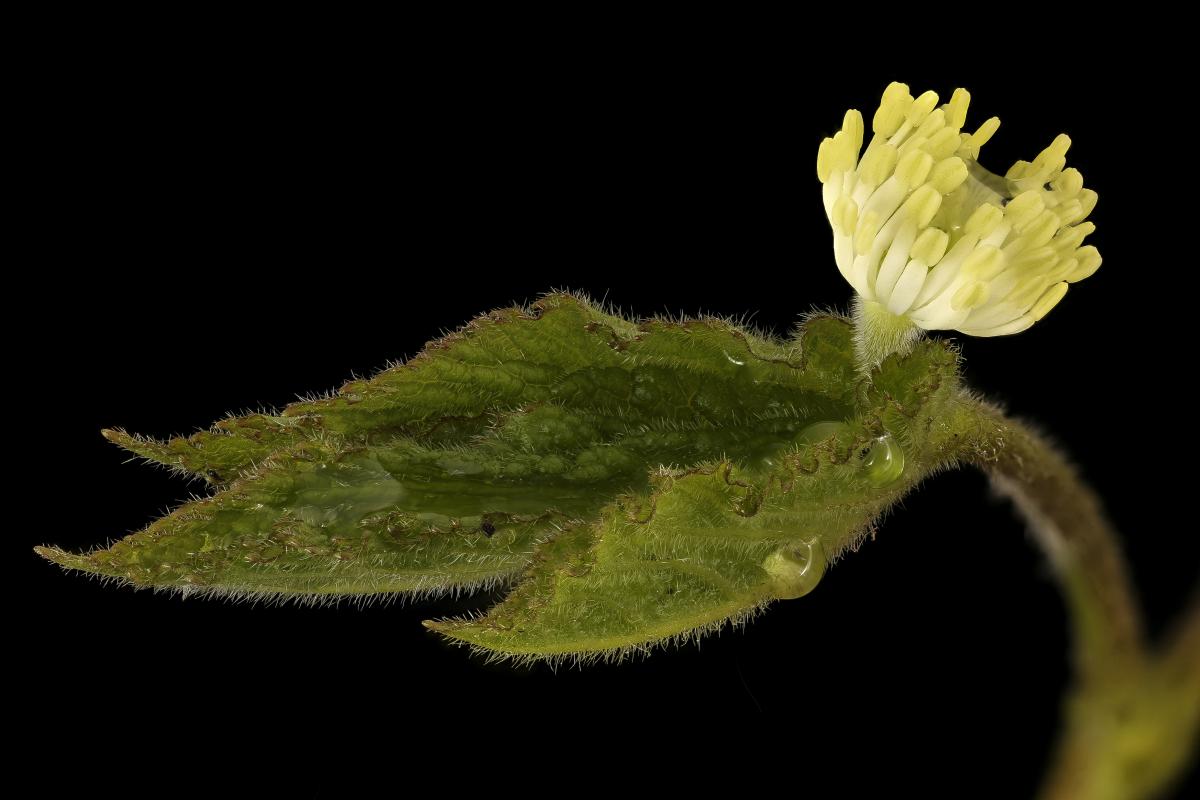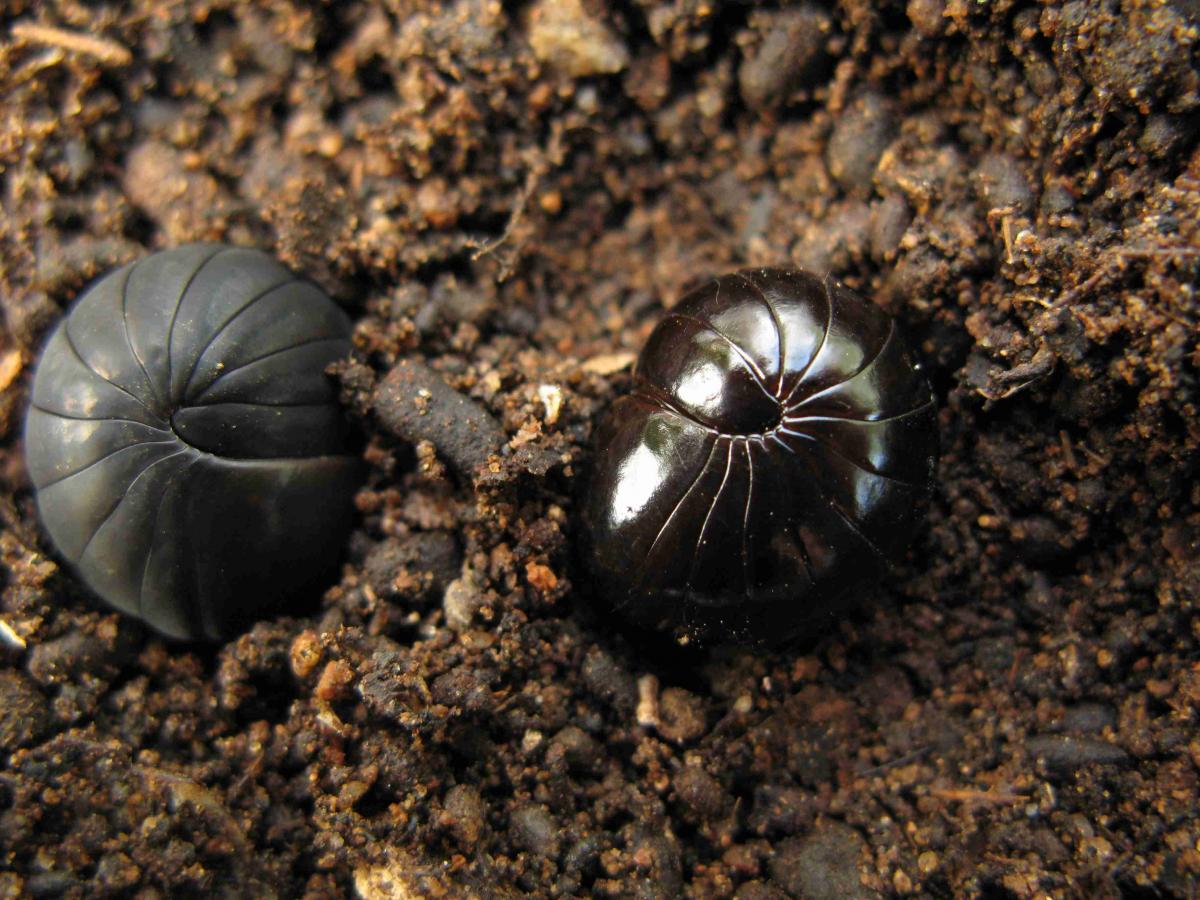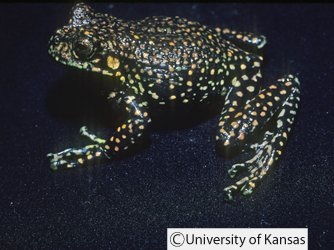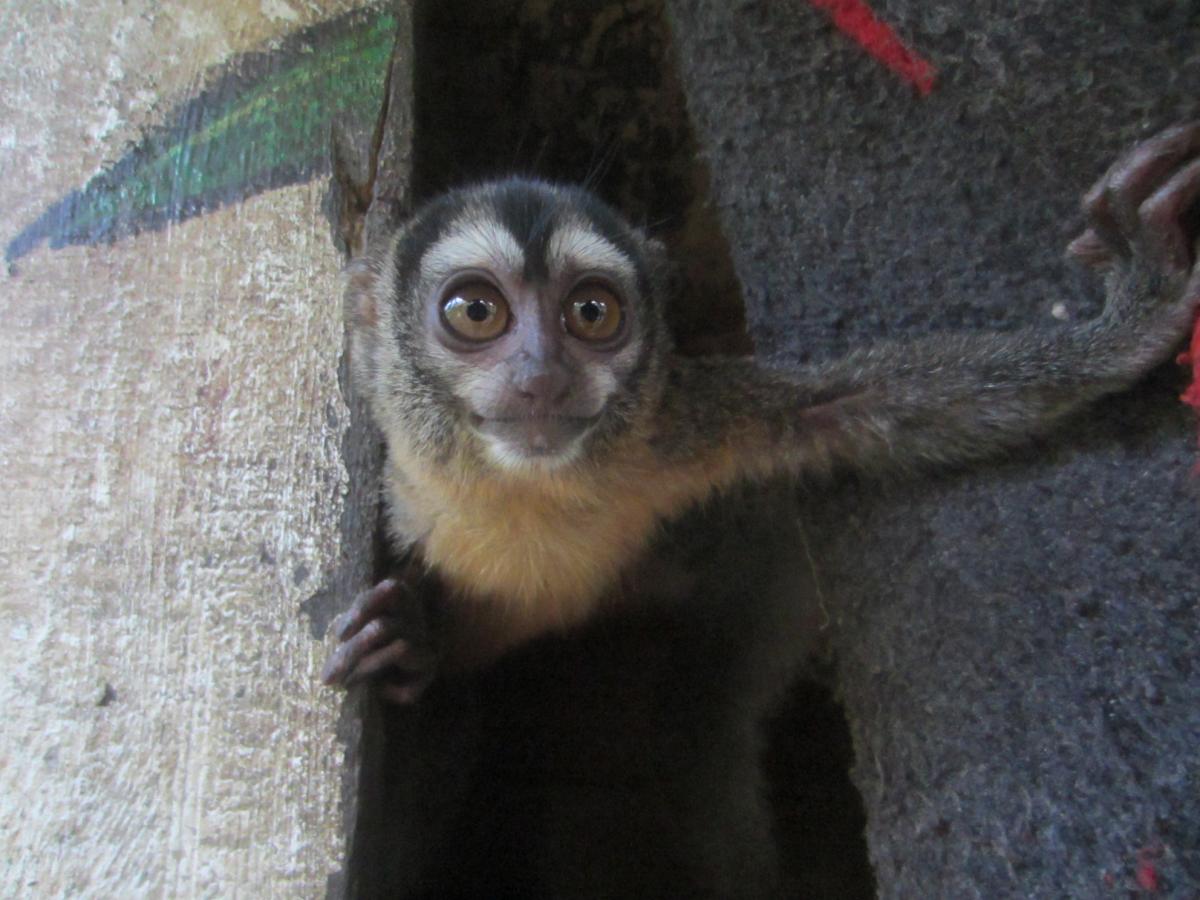Once-abundant ash tree and antelope species face extinction – IUCN Red List
North America’s most widespread and valuable ash tree species are on the brink of extinction due to an invasive beetle decimating their populations, while the loss of wilderness areas and poaching are contributing to the declining numbers of five African antelope species, according to the latest update of The IUCN Red List of Threatened Species™.
Today’s IUCN Red List update also reveals a dramatic decline of grasshoppers and millipedes endemic to Madagascar, and the extinction of the Christmas Island Pipistrelle bat.
The IUCN Red List now includes 87,967 species of which 25,062 are threatened with extinction.
“Our activities as humans are pushing species to the brink so fast that it’s impossible for conservationists to assess the declines in real time,” says Inger Andersen IUCN Director General. “Even those species that we thought were abundant and safe – such as antelopes in Africa or ash trees in the U.S. – now face an imminent threat of extinction.
“And while conservation action does work, conserving the forests, savannas and other biomes that we depend on for our survival and development is simply not a high-enough funding priority. Our planet needs urgent, global action, guided by the Red List data, to ensure species’ survival and our own sustainable future.”
North America’s ash trees on the brink
Five of the six most prominent ash tree species in North America enter The IUCN Red List as Critically Endangered – only one step from going extinct – with the sixth species assessed as Endangered. These species are being decimated by the invasive Emerald Ash Borer beetle (Agrilus planipennis). Three of them – Green Ash (Fraxinus pennsylvanica), White Ash (Fraxinus americana) and Black Ash (Fraxinus nigra) – are the country’s most dominant ash trees, comprising nearly nine billion trees in the forested lands of the contiguous U.S. The once-plentiful White Ash (Fraxinus americana) is one of the most valuable timber trees of North America used for making furniture, baseball bats and hockey sticks.
Ash trees are a key component of North American forests. They provide habitat and food for birds, squirrels, and insects, and support important pollinator species such as butterflies and moths.
“Ash trees are essential to plant communities of the United States and have been a popular horticultural species, planted by the millions along our streets and in gardens,” says Murphy Westwood, member of the IUCN Global Tree Specialist Group and director of global tree conservation at The Morton Arboretum, who led the assessment. “Their decline, which is likely to affect over 80 percent of the trees, will dramatically change the composition of both wild and urban forests. Due to the great ecological and economic value of ash trees, and because removing dead ash trees is extremely costly, much research is currently underway across sectors to halt their devastating decline. This brings hope for the survival of the species.”
The fast-moving Emerald Ash Borer beetle arrived in Michigan from Asia in the late 1990s via infested shipping pallets, and has already destroyed tens of millions of trees throughout the U.S. and Canada. It has the potential to destroy over eight billion ash trees as it spreads rapidly and can kill nearly an entire forest stand of ash within six years of infestation.
Due to a warming climate, areas which were previously too cold for the beetle are becoming more suitable for it to thrive, making it impossible to know how far it could spread in future.
Five antelope species in decline
Although the status of most antelope species remains unchanged, five species of African antelopes – of which four were previously assessed as Least Concern – are declining drastically as a result of poaching, habitat degradation and competition with domestic livestock. This decline reflects a broader downward trend for large African mammals as they compete with the growing human population for space and resources.
“Antelopes have been declining as human populations continue to grow, clearing land for agriculture, unsustainably harvesting bushmeat, expanding their settlements, extracting resources and building new roads,” says David Mallon, Co-Chair of the IUCN Species Survival Commission’s Antelope Specialist Group. “To reverse this dangerous trend, conserving biodiversity must be given much higher priority as part of efforts to achieve sustainable national economic development. Existing laws protecting wildlife must also be much more effectively enforced.”
The world’s largest antelope, the Giant Eland (Tragelaphus derbianus) – previously assessed as Least Concern – is now Vulnerable. Its estimated global population is between 12,000 and 14,000 at most, with fewer than 10,000 mature animals. This species is declining due to poaching for bushmeat, encroachment into protected areas and expansion of agriculture and livestock grazing. Political instability and armed conflict in Central African Republic are major barriers to protecting this species.
Also previously listed as Least Concern, the Mountain Reedbuck (Redunca fulvorufula) has seen an approximate 55% decline in its South African population over the last 15 years. It is now listed as Endangered as similar declines throughout the rest of the range are probable. Expansion of human settlements leading to increases in poaching and sport hunting with dogs are thought to be the main reasons for its decline. Other threats may include widespread disturbance by cattle herders and their livestock and increased frequency and duration of droughts associated with climate change. Further monitoring data, especially from outside protected areas, are needed to fully quantify the population decline in this species.
Other species are also under threat, including the Heuglin's Gazelle (Eudorcas tilonura) – now Endangered due to competition with domestic livestock and habitat degradation; Southern Lechwe (Kobus leche), now listed as Near Threatened due to poaching, agricultural expansion, livestock grazing and droughts; and the Grey Rhebok (Pelea capreolus) – the origin of the Reebok sports brand – now in the Near Threatened category. Reasons for the decline of this species are poorly understood, and may include increases in illegal sport hunting with dogs, and poaching for bushmeat.
Madagascan grasshoppers and millipedes facing extinction
While the conservation status of the majority of invertebrate species is still unknown, recent assessments are beginning to reveal the impact of deforestation on Madagascar’s invertebrates. An assessment of all 71 species of endemic Madagascan pygmy grasshoppers shows that almost 40% of them are threatened with extinction. Seven of these species enter The IUCN Red List as Critically Endangered, including the Rumplestiltskin Pygmy Grasshopper (Agkistropleuron simplex). This flightless species is only known to occur in Manakambahiny forest in eastern Madagascar. The only recent record of the species dates back to 1995. Its decline is due to the loss of its forest habitat.
More than 40% of 145 endemic Madagascan millipedes are also threatened with extinction, with 27 of them assessed as Critically Endangered. These include the Shiny Giant Pill Millipede (Sphaeromimus splendidus), which requires a very specific sandy soil habitat in coastal rainforest areas. Its only habitat – the littoral rainforest of Sainte Luce – is now partly degraded due to wood removal and grazing. However, a planned strip-mining project, which will likely cause the destruction of most of its remaining habitat, poses the greatest threat to its survival.
New Snow Leopard data
Thanks to new available data, the Snow Leopard (Panthera uncia) has moved from the Endangered to Vulnerable category. However, its population continues to decline and it still faces a high risk of extinction through habitat loss and degradation, declines in prey, competition with livestock, persecution, and poaching for illegal wildlife trade.
Thanks to significant investments in conservation for this species, including anti-poaching efforts, initiatives to reduce conflict with livestock, and awareness-raising programmes, conditions in parts of the Snow Leopard’s range have improved. It is essential to continue and expand conservation efforts to reverse its declining trend and prevent this iconic cat from moving even closer to extinction.
Christmas Island Pipistrelle goes extinct
Today’s update declares the Christmas Island Pipistrelle (Pipistrellus murrayi) – a bat species endemic to Australia’s Christmas Island – as Extinct. The population of this species rapidly declined from being common and widespread in the 1980s to between four and 20 animals in January 2009. Only one individual remained in August 2009, and it disappeared later that month. There has been no trace of this bat since then, despite extensive searches of the island. The reasons for the decline are not clear, but may have been a combination of increased predation by introduced species, impacts of invasive Yellow Crazy Ant (Anoplolepis gracilipes) on its habitat and on its invertebrate prey species, or possibly an unknown disease.
Download summary statistics here
For more information or interviews please contact:
Ewa Magiera, IUCN Media Relations, m +41 76 505 33 78, e-mail ewa.magiera@iucn.org
Editor’s notes
More information on the invasive Emerald Ash Borer (Agrilus planipennis), which threatens the survival of North American ash trees, can be found in the IUCN Global Invasive Species Database (GISD). The database contains over 850 invasive alien species, as well as information on their distribution, impacts, pathways of introduction, and measures to eradicate or manage them.
Examples of other species that have been added to the IUCN Red List
-
Thongaree’s Disc-nosed Bat (Eudiscoderma thongareeae). This false vampire bat species is known only from a very small area of Bala Forest, south Thailand. Although it is a recently described species, it is believed to be rare as it is known from only a few collections in spite of intensive repeated surveys in the area over the last 15 years. With a highly restricted range and ongoing habitat loss as lowland forest in the area is being converted to agricultural land, this species enters The IUCN Red List as Critically Endangered.
-
Goldenseal (Hydrastis canadensis) enters The IUCN Red List as Vulnerable. This long-lived, perennial plant occurs only in North America (USA and Canada), where it has undergone a decline in its distribution and the quality of its habitat. Goldenseal is threatened by collection for trade in the medicinal market. Its rhizomes have the highest concentration of medicinally-active alkaloids (berberine, hydrastine and canadine) used for the common cold and other upper respiratory tract infections. It can also be used to cure digestive disorders including stomach pain and swelling, diarrhoea, constipation, haemorrhoids, and intestinal gas.
Examples of other species whose conservation status has declined
-
Nancy Ma’s Night Monkey (Aotus nancymaae) has moved from Least Concern to Vulnerable. The main threat to this Amazon forest primate is the illegal trade of wild-caught animals from Peru to Brazil, where they are used for malaria research. Conversion of habitat to agriculture (rice, palm oil, and soya bean cultivation, and pastureland) is also affecting this species.
-
Rennell Flying Fox (Pteropus rennelli) has moved from Vulnerable to Endangered. This little-known flying fox is endemic to Rennell Island in the Solomon Islands, where it is restricted to an area of around 515 km². Commercial logging and bauxite mining are rapidly disturbing large areas of Rennell Island and are likely to be major threats to this fruit bat. The species is likely to also be threatened by hunting for food. Although not threatened by large-scale agriculture, subsistence agriculture could significantly impact this species due to its highly restricted distribution.
-
Gold-spotted Marsupial Frog (Gastrotheca aureomaculata) has moved from Near Threatened to Endangered. This species is endemic to Colombia where it is known from only a few localities in the Departments of Cauca and Huila on the eastern slopes of the Cordillera Central. Formerly it was reported to be common, but the population is suspected to be decreasing due to ongoing decline in the extent and quality of its habitat. It has not been recorded since at least the 1960s. Although there have been some surveys in the area where the species was originally found, the region has not been intensively explored. A major threat to this frog is the destruction of its habitat for timber extraction and agriculture, including the cultivation of illegal crops. Water pollution is also considered a threat to this species.
Species whose conservation status has improved
-
The Rodrigues Flying Fox (Pteropus rodricensis), has moved from the Critically Endangered to the Endangered category thanks to improved habitat protection, reforestation programmes, better legal protection and enforcement against hunting, greater awareness and appreciation of the species through an education programme run by the Mauritian Wildlife Foundation. Lower incidence of cyclones, possibly the result of climate change, has also helped the population to increase.
Quotes from Red List partners
Botanic Gardens Conservation International
“This latest release of the IUCN Red List highlights the fact that even some of the most common species around us, such as the American Ash, are at risk of going extinct,” says Dr Malin Rivers, Red List Manager and Secretary to the IUCN/SSC Global Tree Specialist Group, of Botanic Gardens Conservation International. “In addition, to looking after these threatened species in the wild, it is essential that we ensure these species as well as their genetic diversity are backed up in ex situ collections, such as botanic gardens, arboreta and seed banks for the future.”
NatureServe
“Goldenseal, a widespread herb native to eastern North American forests, has long been prized for its medicinal use,” says Leah Oliver, Senior Research Botanist with NatureServe who led the assessment. “The main causes of decline are wild collection combined with habitat loss and degradation. Yet, we are encouraged by a growing international market for cultivated goldenseal, along with a focus on sustainable wild-collection. These activities may slow the decline of the species.”
Zoological Society of London
“The real challenge that the Red List poses to the conservation community is to make sure that these alerts result in action to address the pressures on the increasing number of species under threat of extinction,” says Matthew Hatchwell, Director of Conservation, at the Zoological Society of London (ZSL). “We can’t stop at just cataloguing their decline.”
Follow The IUCN Red List on Facebook and Twitter
